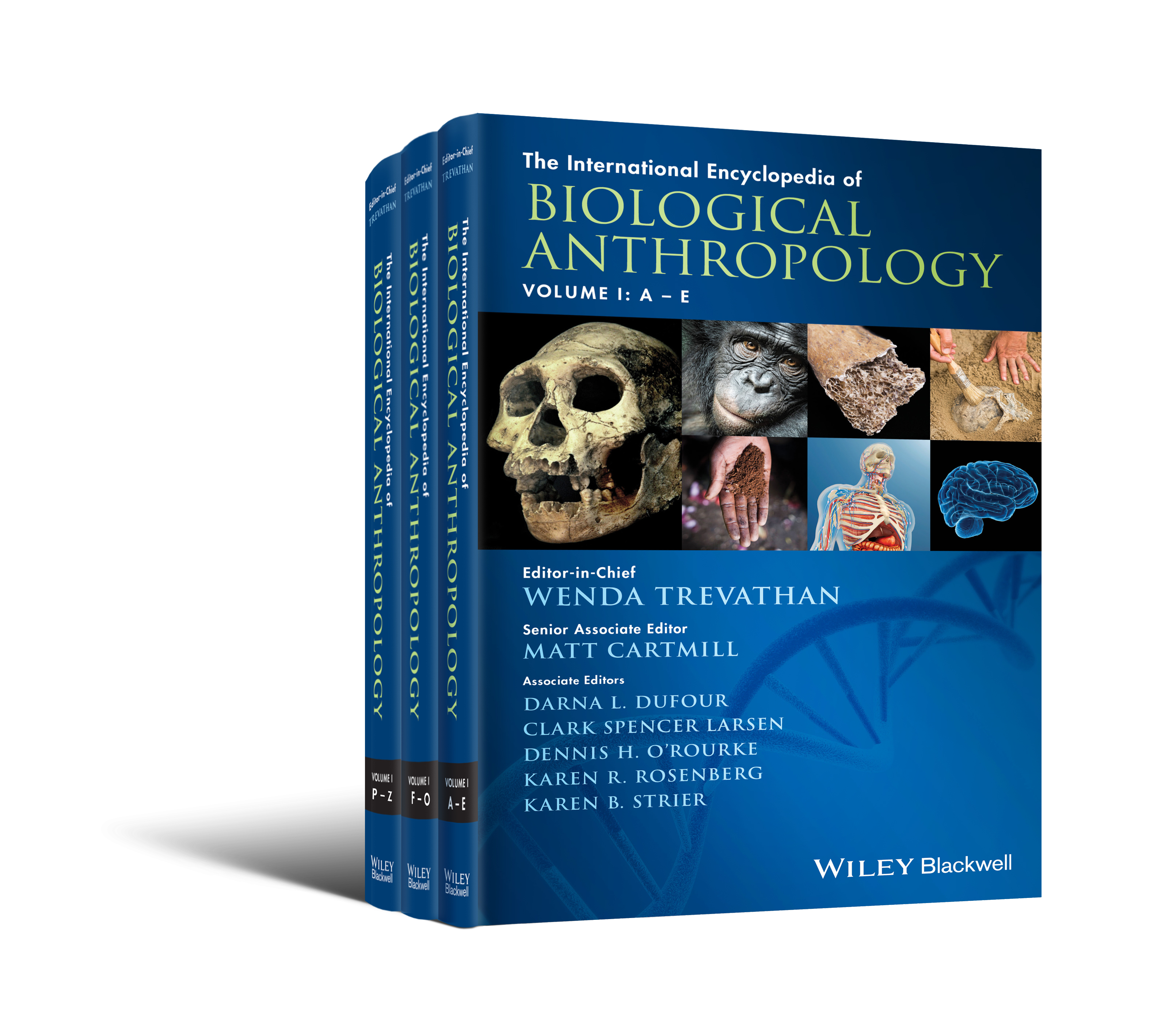Bioarchaeology of infectious diseases
Abstract
Infectious diseases have been a major cause of morbidity and mortality in human populations for thousands of years, and subsequent responses to these pathogens can sometimes be identified in archaeological human remains. This entry reviews the key specific infections that are recorded in skeletons and some that are less commonly seen. Finding evidence of infectious disease (specific or nonspecific) in skeletal remains may be difficult owing to a variety of factors (e.g., taphonomy, low percentage of people developing bone changes, and the osteological paradox), but detection methods are improving and increasing our understanding of human adaptation in the face of disease. However, despite these advances, detailed recording and observation of skeletal lesion distribution of pathological changes remain key for differential diagnoses. It is also important to understand the underlying related immune response to infections and to integrate cultural contextual data so as to enable realistic interpretations of the infectious disease patterning seen in human remains recovered from archaeological contexts.



